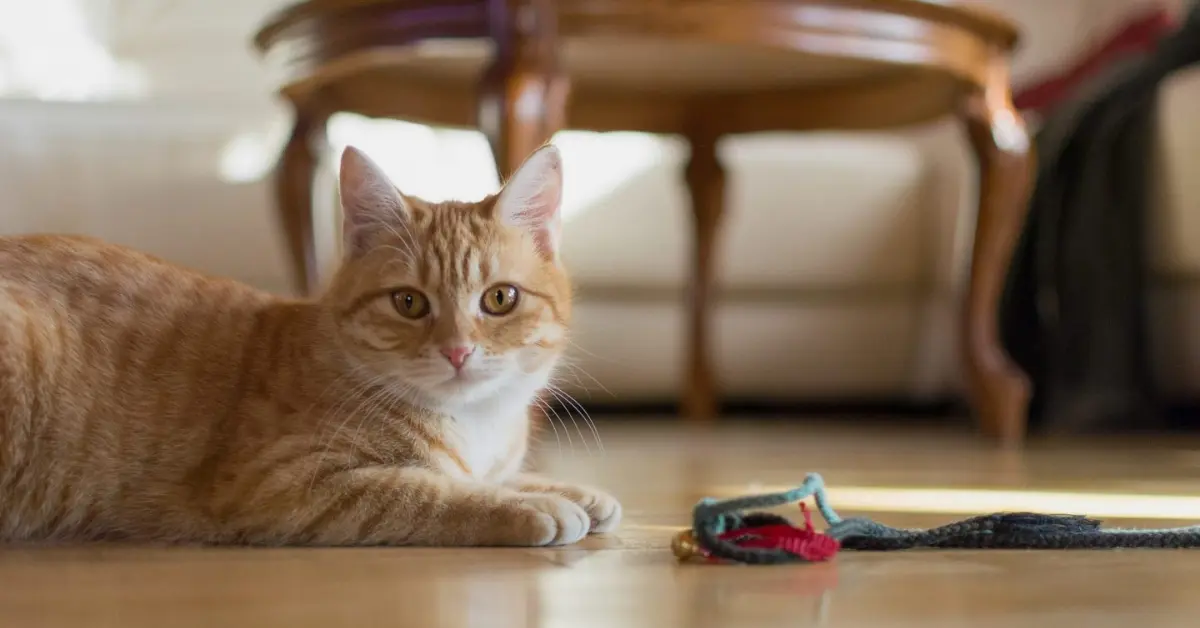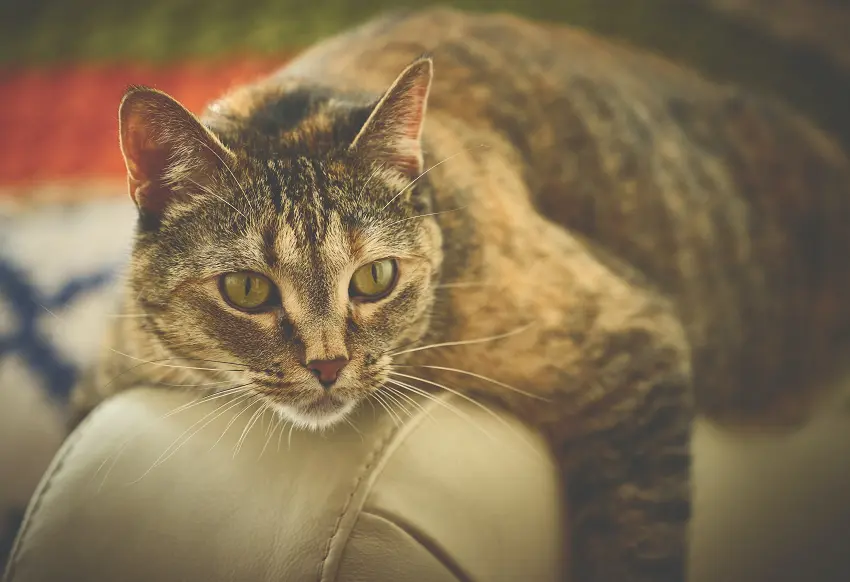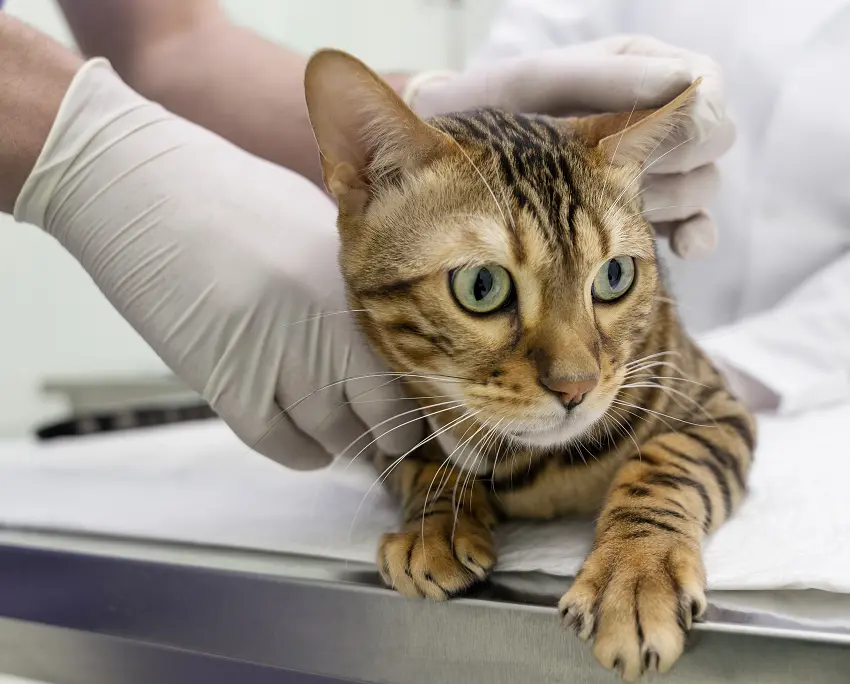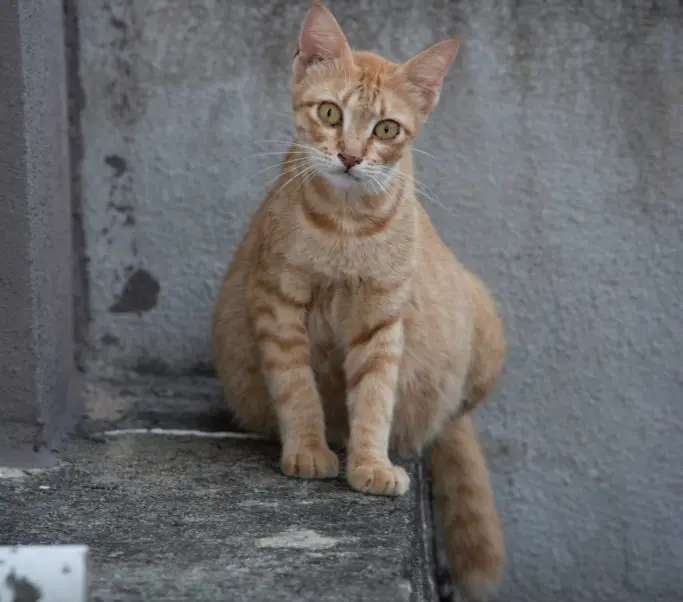How To Sedate A Cat – Safety Tips
At some point, you will need to sedate your cat, either for grooming, travel, or medical purposes. It has to be done right to ensure the safety of your pet. Knowing how to sedate a cat properly is crucial to prevent any potential side effects and health complications. Remember that sedating your cat should always be within the supervision and prescription of a vet.
When do you need to sedate a cat?
Take note that sedatives should only be used on specific occasions.

The following are some of the situations wherein a vet will prescribe a sedative for your cat:

- Anxiety. A cat that’s dealing with extreme anxiety will find relief in sedatives. Vets often prescribe this medication to appease destructive behavior associated with anxiety like excessive grooming and pulling of fur. Also, sedatives help in calming an aggressive cat.
- Travel. For long travels, you can do your kitty a favor by sedating it first. Cats are prone to motion sickness, and they can get easily stressed on long car rides. By calming your cat you can avoid the hassle of intense vocalization, vomiting, and other complications. Above all, it’s for your cat’s safety.
- Grooming. Some cats are not fond of grooming, and they may claw their groomers or owners in the process. In this case, a mild sedative can be given to the kitty to help it calm down. Some professional groomers are also certified to administer sedatives with the supervision of in-house vets. Before you start grooming your cat, you should know how to groom a cat.
- Medical procedure. Cats that will undergo surgery and other medical treatments will be sedated first. Take note that this should be done in the vet’s clinic by a veterinarian.
How to sedate a cat?
A cat sedative is different from cat anesthesia. Anesthesia is a more intense medication that aims to numb a cat’s body for a specific medical treatment. Meanwhile, sedation is done to relax a neurotic cat. Since it’s milder, cat owners can administer it after consultation with the vet. Here’s how you can sedate your cat safely:

Through injection
When a cat can’t tolerate an oral sedative, the best solution is to choose an injectable option. Take note that this sedation method must be done by a veterinarian alone to ensure that the dosage is right. Remember that overdosing can lead to irreversible consequences.
Before the vet injects the sedative all the way through, he would first conduct a skin test. If your cat has a lush coat, the vet may need to shave a small spot to give way for the test. Once the veterinarian determines that your cat receives the sedative well, he or she will inject the remaining dosage.
Most of the time, the vet will let your cat remain in the clinic for a few minutes to observe the effects. Also, the vet may use different types of sedatives. Take note that these are prescription-only sedatives that are not advisable to administer outside of a vet’s supervision:
- Diazepam
- Acepromazine
- Ketamine
- Xylazine
Orally
One of the most common ways of sedating a cat is to give it an oral medication. A vet can also prescribe a specific sedative that you can give your cat at home. Unlike injectables, oral sedatives have a pre-measured dosage to prevent overdose.
To sedate a cat with an oral sedative, you can hide the pill in its treat or food. Some sedatives need to be given sublingually (under the tongue), but the vet can always prescribe an easier option.
Some of the oral sedatives vets use for cats are the following:
- Benzodiazepine
- Buspirone
- SARI
- Alprazolam
- Phenobarbital
- Chlorpheniramine
If your cat has been given a sublingual oral sedative, you must use your thumb and finger to open the mouth of your kitty. You will use the other hand to place the pill as far back as you can under its tongue. After that, shut your cat’s mouth and hold it gently to let the sedative take effect. Never allow your cat to run away after giving the oral medicine since it may spit it out when you’re not looking.
If your cat is struggling, you can ask for the assistance of a family member or a friend.
Non-medical sedatives
If your cat doesn’t require intensive sedation, you can explore non-medical options, too. Although it doesn’t require to ask a vet’s prescription, it’s still advisable to consult with the animal doctor to be sure.
Some of the non-medical sedatives you can consider for your cat are the following:
- Catnip
- Valerian root
- Kava Kava
- Chamomile
- Hops
These herbs give mild and relatively safe tranquilizing effects to cats. These help tone down anxiety so your cat will relax. Most of these herbs can be used casually, but you should still practice moderation.
Also, it’s best to purchase these herbs from pet stores to ensure that it’s suitable for your cat. You should also ask the vet if it’s safe, especially if your cat has health problems.
Considerations before sedating a cat
Before giving a cat any sedative, you must consider the following aspects first:

- Pregnancy. Sedating a pregnant cat should be done with the supervision of a vet. Remember that the sedative will reach the fetus, too, which can lead to complications if done haphazardly.
- Health condition. One of the most important things you should consider is the health of your cat. Kitties with medical conditions should undergo testing first before being given any form of sedative. Take note that the sedative may do more harm than help.
- Dosage. Like with any medication, the proper dosage is necessary when administering a sedative to your cat. You must ask the vet for the right dosage to prevent any adverse reactions on your cat’s part. So far, oral sedatives are the easiest to use since they have a pre-determined dosage.
- Frequency. Sedatives should be used sparingly. You should also consult with the vet if you’re planning to sedate your cat twice within the same week. Although most sedatives are safe, you’ll never know when an adverse reaction will occur.
How much does it cost to sedate a cat at the vet?
Each vet clinic will have its own rates when sedating a cat. This will vary on the dosage, the type of sedative given, and how serious the cat’s condition is.
Usually, sedating a small cat will not cost you more than $80. Still, it depends on how upscale the clinic is together with the factors I mentioned earlier. Also, most sedation reversals are free if need be.
Although it comes with a price, sedating your cat at the vet’s clinic is the safest choice. This should be done if your cat has medical conditions or if you’re worried that your kitty will have adverse reactions to the sedative.
Is catnip effective in sedating a cat?
While catnip is given to cats for fun, it’s actually a very effective sedative. It’s a herb, so it’s natural and safe for most kitties. However, not all cats have the same level of sensitivity to catnip. Most cats won’t react to catnip until they reach six months old.
The fun fact is that about a third of the entire house cat population lacks the gene to react to catnip. So if your cat doesn’t seem to go ‘high’ with catnip, this might be the reason. You can confirm this by having your cat checked by the vet.
Remember that the lack of the ‘catnip gene’ is passed on genetically. So if your queen isn’t responsive to catnip, there’s a high possibility that its litter will have the same perception.
Conclusion
Knowing how to sedate a cat properly is necessary to prevent any potential side effects. It will also ensure the efficacy of the prescribed sedative.
There are different options available when it comes to sedating your cat; oral, injectable, and non-medical. When in doubt, it’s always best to seek the help of your cat’s veterinarian. Such a thing is necessary if your cat has health problems or pre-existing sensitivities.
Thank you for reading!
